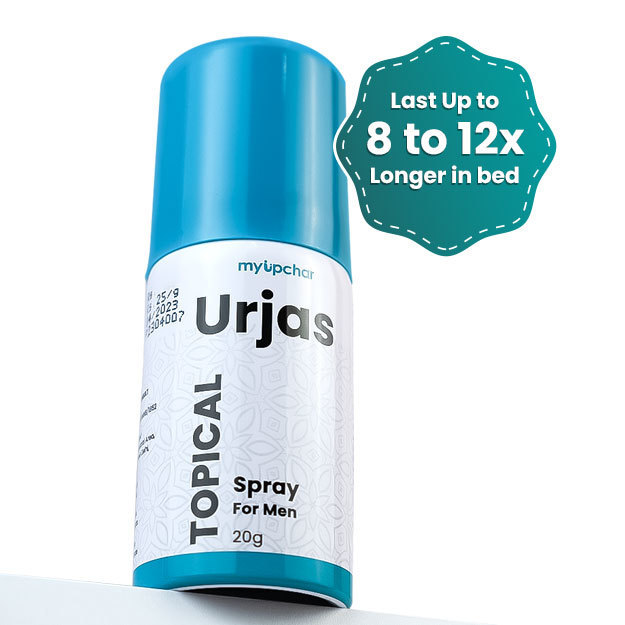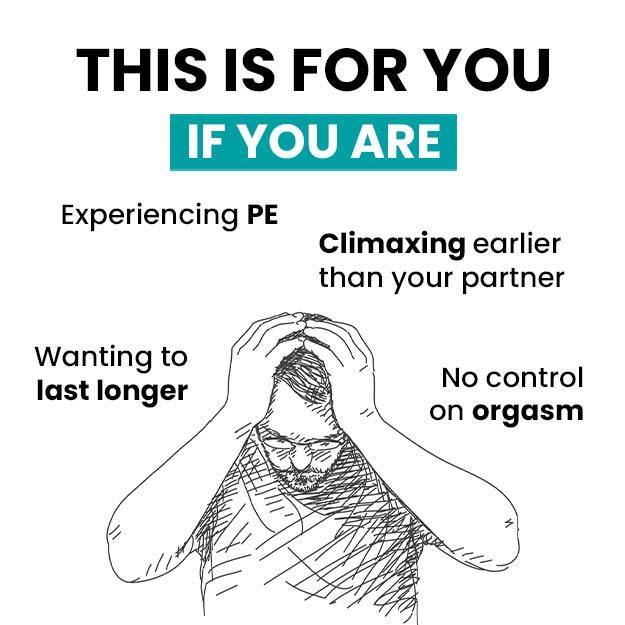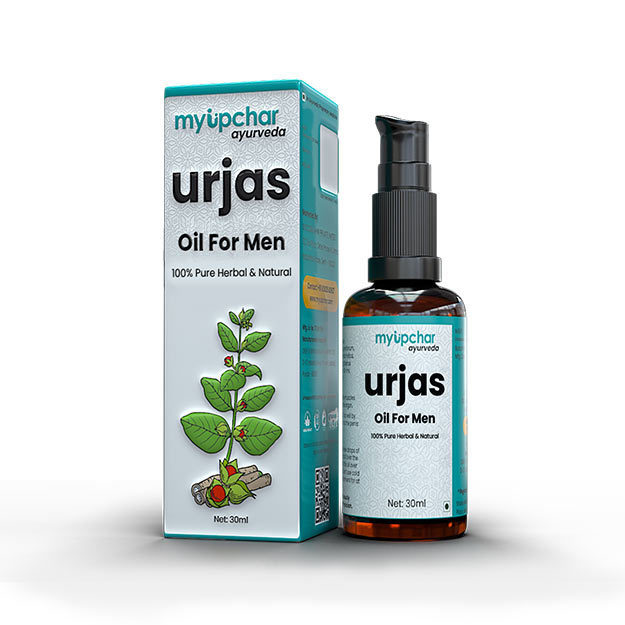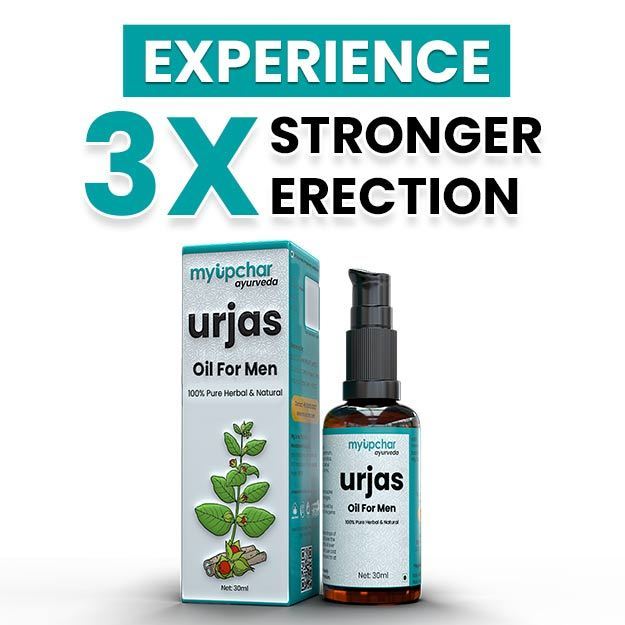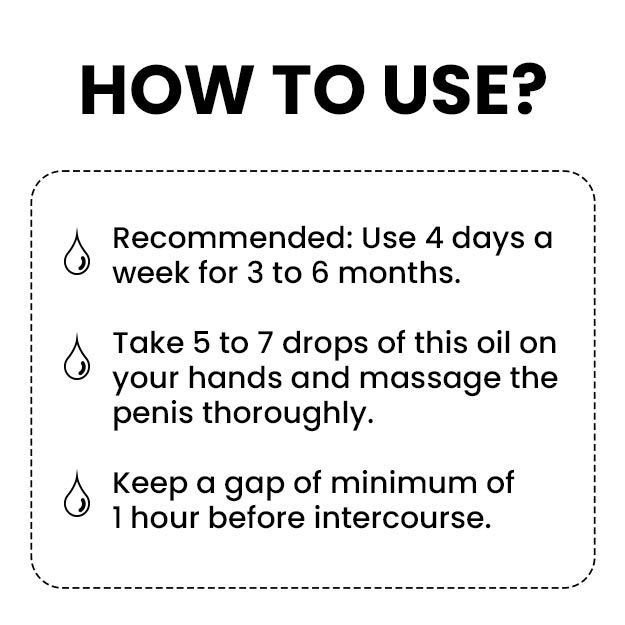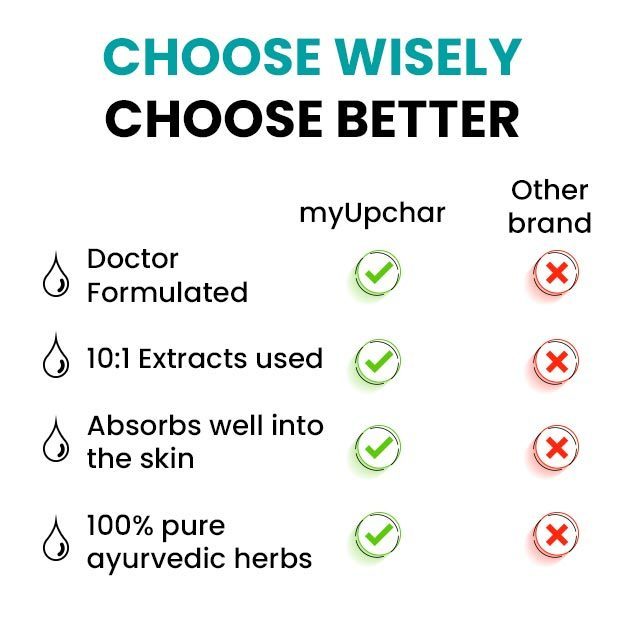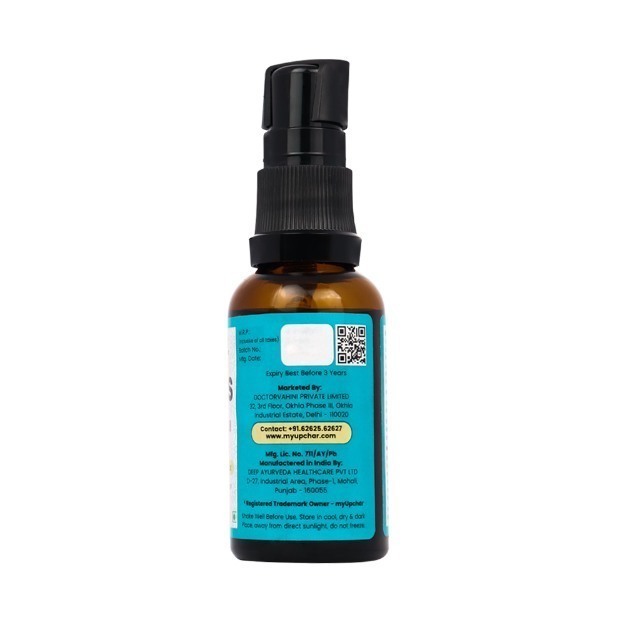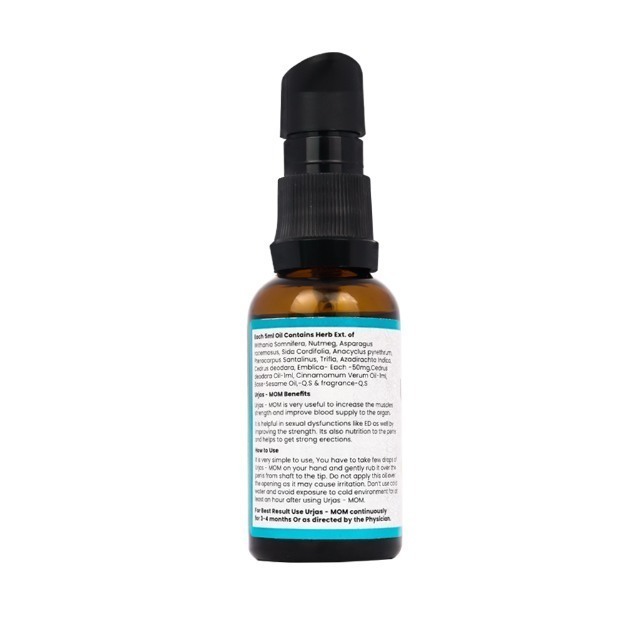The attainment of extreme pleasure during sex is called orgasm, which is experienced during sexual activities. They are also known as 'Orgasm' and 'Climax'. It is experienced by both men and women.
This article talked about both male orgasm and female orgasm. Also, how to experience orgasm for women, how to experience orgasm, reasons for not being able to experience orgasm in women and men, male climax, whether it is necessary to orgasm to enjoy sex and men, And the difference in female orgasms.
To feel better orgasm, use long-time spray, which is available online in the best offer.





